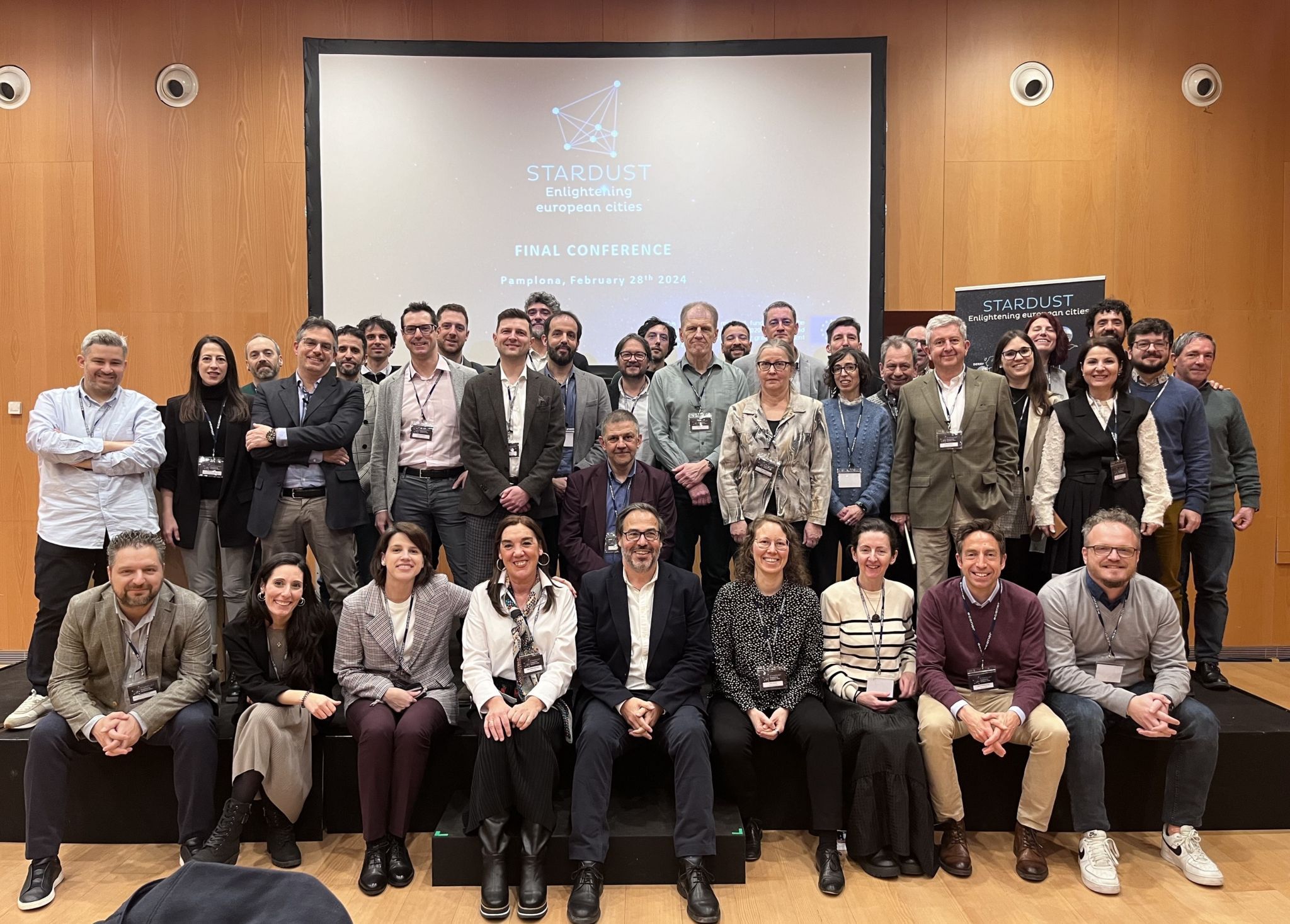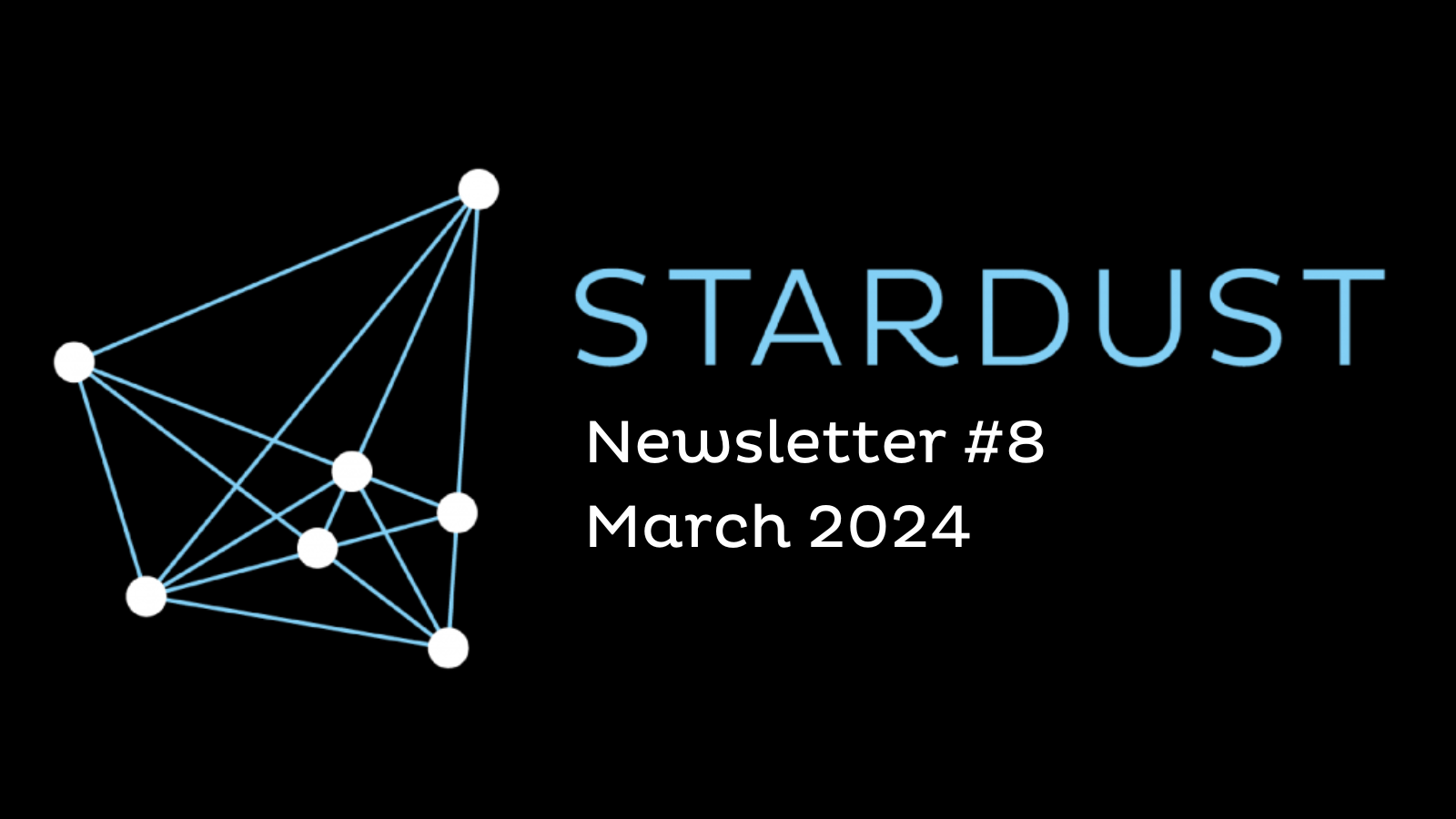During October and November 2023, the Stardust partner Eurac Research conducted an education initiative in Liceo Rosmini, a secondary school in Trento.
The objective was to educate students about how behaviors can impact our energy consumption, both at school and at home.
The activity incorporated gamification elements, with different classes competing against each other in a “challenge” to accurately estimate their school building’s energy consumption, and to identify behavioral strategies to save energy. The initiative was part of the citizen engagement activities of the STARDUST project and was co-developed with the local Environmental Protection Agency (APPA)*. Expert educators from the firm Level-Up supported the activities in class, which lasted over 7 weeks and involved approximately 200 students aged 14 – 16.
Students were introduced to energy topics by using a role-play followed by training on electrical and thermal energy. Then they learned how to measure energy consumption before putting this skill to the test in an “Energy Expert” challenge. For this, each class was split into groups, with each group assigned a specific type of room in their school building. The task was to estimate the electrical consumption of their assigned room for a typical school month, including consumption from appliances and lighting.
Groups were given smart plugs to directly measure the consumption of plugged appliances. For example, students measured the power of classroom monitors and estimated the total monthly consumption. The appliances, which were connected directly to the building electrical system (such as smart boards), were estimated by looking up the model online and researching average consumption.After measuring, students reported their calculated values in an interactive web tool that was part of the game. The tool showed them how personal behaviour influenced the estimated consumption.
For example, students learnt how devices on stand-by can still continue to consume electricity. The tool prompted students to consider changes in their own behaviour at home and school, fostering class discussion. The tool also provided insights on the real financial cost of energy.
Lastly, each class added up the number of rooms in their school building and estimated the total energy consumption. The class that best estimated the real value for the previous year, won the challenge and was rewarded with a book on energy conservation. All students received smart plugs to help them measure consumption at home, and a certificate for completing the programme.
The activity received positive feedback from both students and teachers.
The hands-on approach of monitoring consumption, along with the gamification elements, motivated students to actively participate and strive to win. The tool effectively educated young citizens about energy topics and provided them with the practical skills to monitor energy consumption at home, and with the knowledge to think more consciously about energy usage.
This pilot test proves that the game and web tool could easily be integrated into other school energy education programmes. Future versions of the game could focus on monitoring consumption at various points of the school year to observe how electricity loads vary with seasonal changes. Additionally, the web tool could expand to include guidance on thermal consumption and how to measure energy used for space heating.
Lastly, the gamified activity could be adapted for non-school contexts: for example, an energy conservation challenge could be made between different households in residential buildings. This adaptation could lead to energy savings, as households have numerous opportunities to adjust their energy behaviour at home.
(*) Agenzia provinciale per la protezione dell’ambiente
Article written by Nicolas Caballero and Ludovica Galeazzi from Eurac Research


